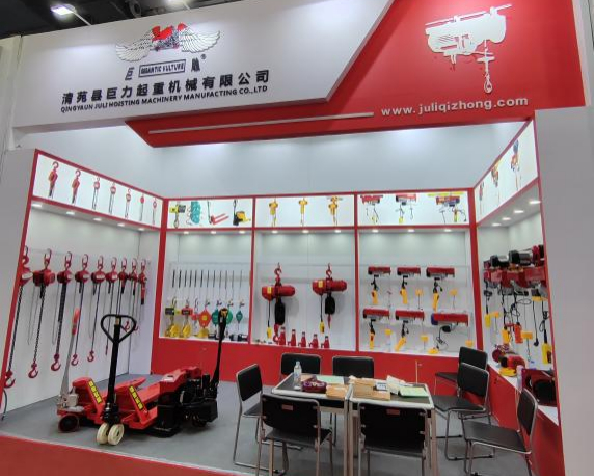


The Importance of Hand Fork Trucks in Modern Warehousing
In today’s fast-paced logistics environment, efficiency is key, and one of the most essential tools that contribute to this efficiency is the hand fork truck. Also known as a pallet jack, the hand fork truck is a manual tool designed to lift and move pallets within warehouses, retail environments, and production facilities. Despite the rise of automation and powered forklifts, the hand fork truck remains an integral part of many operations due to its versatility, affordability, and ease of use.
One of the primary advantages of hand fork trucks is their simplicity. With no need for complex machinery or electrical systems, these manual devices are easy to operate. A worker can quickly learn to maneuver a hand fork truck, making it an accessible option for staff at all skill levels. This ease of use minimizes the time needed for training and increases workforce efficiency, allowing employees to focus on their primary tasks rather than mastering complicated machinery.
Moreover, hand fork trucks are incredibly versatile. They can be used in various settings, from busy warehouses to small retail stores. Their design allows them to navigate tight spaces and transport goods over short distances with ease. This versatility makes them an ideal choice for businesses that cannot afford the operational costs associated with powered equipment. Additionally, hand fork trucks can handle a wide range of pallet sizes and weights, accommodating diverse inventory types.

Affordability is another significant benefit. Hand fork trucks are considerably less expensive than their powered counterparts. Businesses can invest in multiple units without a substantial financial burden, thereby enhancing their material handling capabilities. This affordability extends to maintenance as well; with fewer moving parts and no electrical systems, hand fork trucks require minimal upkeep, further reducing overall costs.
Despite being a manual tool, hand fork trucks still boost productivity. They facilitate faster loading and unloading processes, minimizing downtime during freight operations. Workers can move multiple pallets quickly, which contributes to smoother workflows and less disruption in busy environments. Moreover, the physical aspect of using a hand fork truck can enhance employee fitness, reducing the likelihood of injuries caused by repetitive lifting and bending.
In terms of safety, hand fork trucks are equipped with practical features that can mitigate risks. Many models include safety mechanisms such as emergency brakes and ergonomic handles, ensuring that operators can navigate safely. Additionally, when used correctly, they can help prevent overexertion, as workers can transport heavy loads with reduced strain.
In conclusion, the hand fork truck is a vital piece of equipment in the logistics and warehousing sectors. Its simplicity, versatility, affordability, and potential for enhancing safety and productivity make it an invaluable tool for any operation. As businesses continue to evolve in response to market demands, hand fork trucks will undoubtedly remain an essential component of efficient material handling practices.



